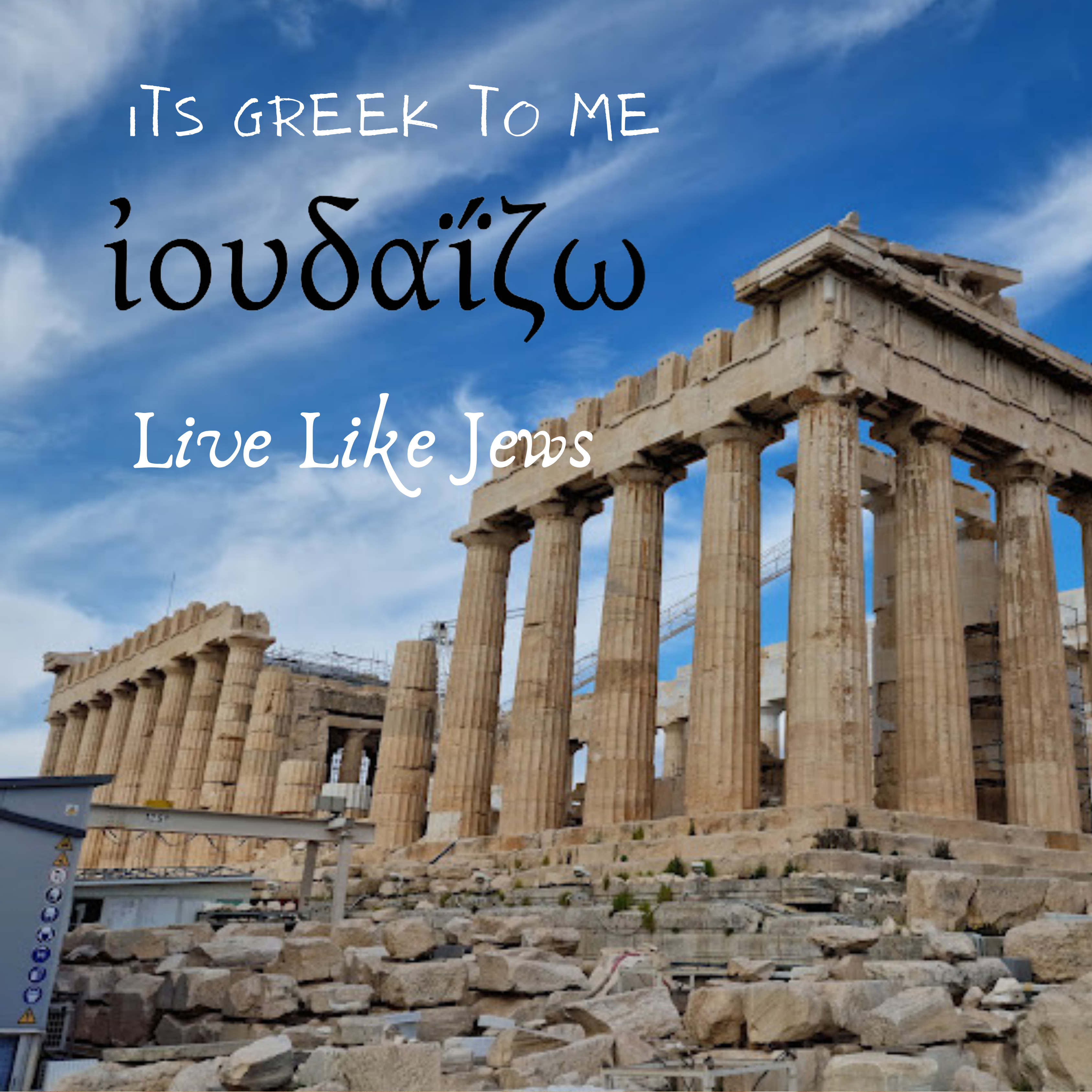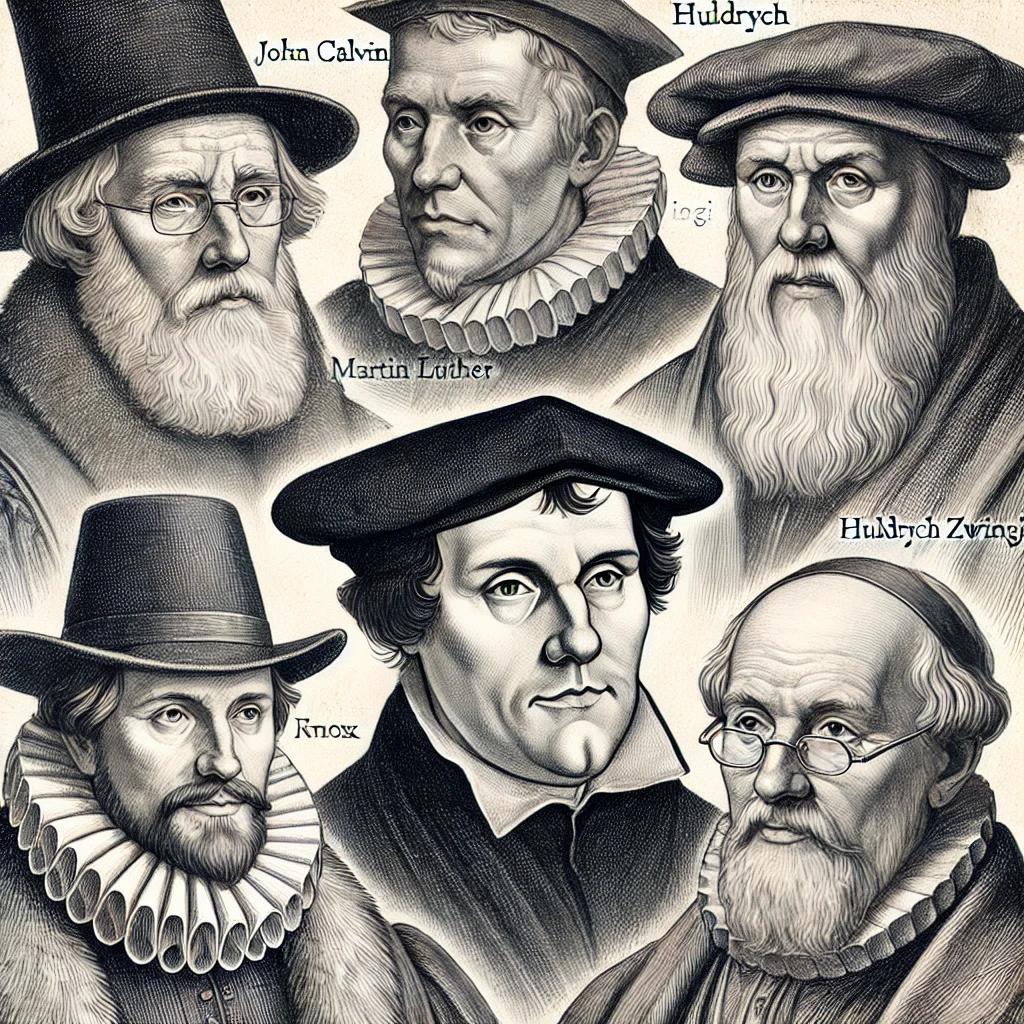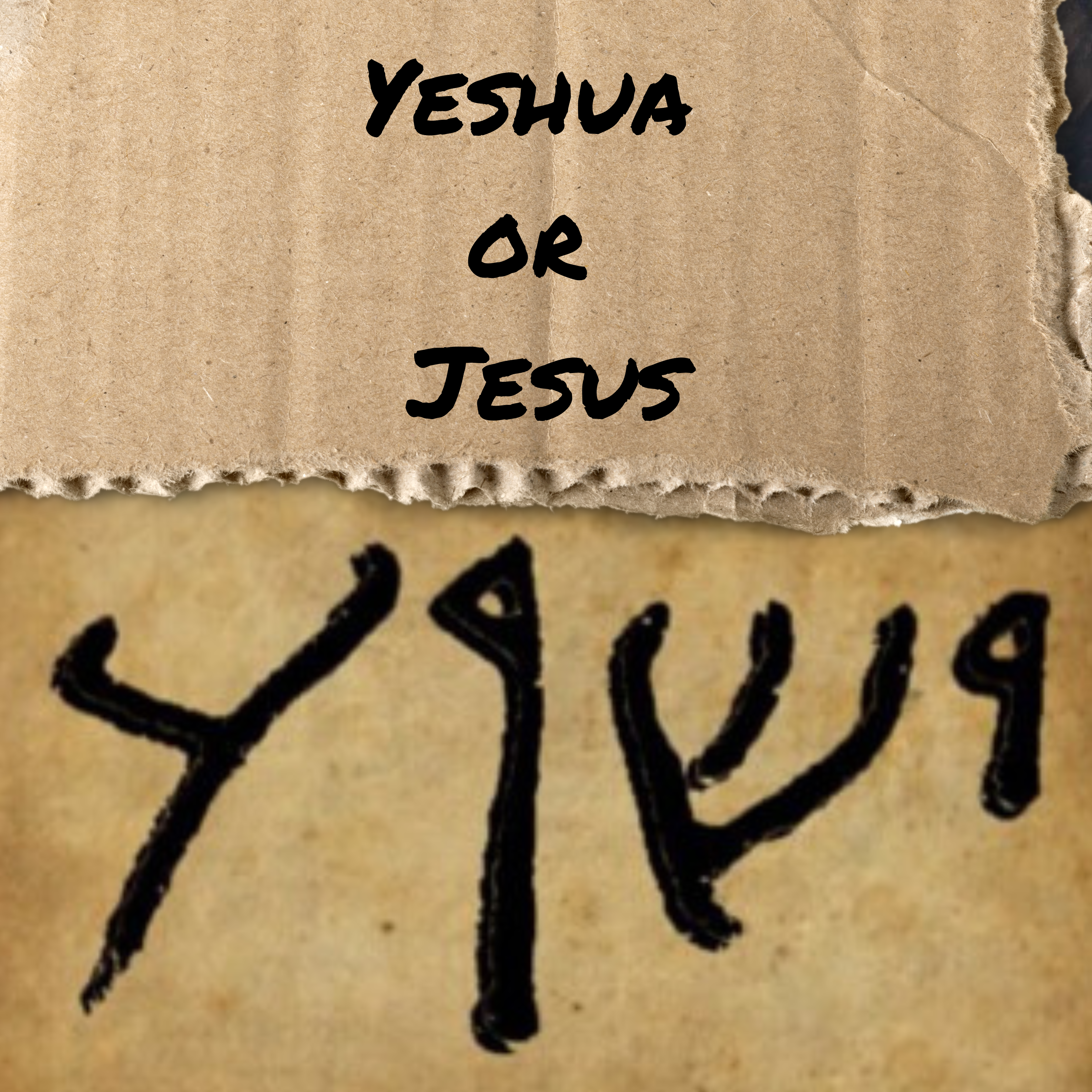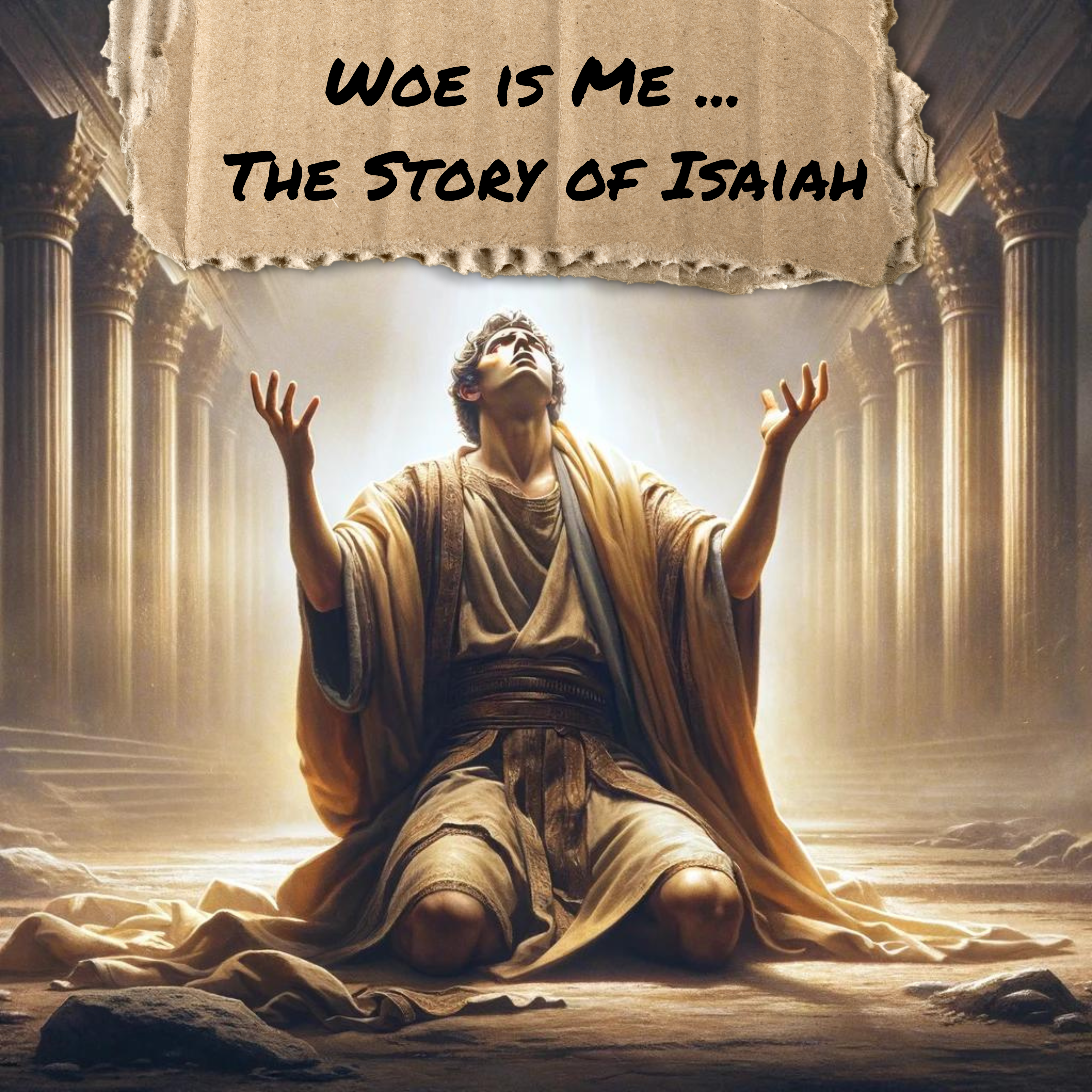
In our series “It’s Greek To Me,” we explore significant Greek terms pivotal to Christian theology. ‘Ioudaizontes,’ featured in Galatians 2:14, becomes a lens through which we examine the early church’s struggles between Jewish tradition and the burgeoning Christian faith, particularly around issues like circumcision and adherence to the Mosaic Law.
Ioudaizontes in Context
The term ‘Ioudaizontes’ is found in the heart of a conflict narrated in Galatians 2:14, where Paul confronts Peter for compelling Gentile Christians to live like Jews. This confrontation in Antioch underlines a pivotal struggle in the early church: should non-Jewish Christians embrace Jewish customs, such as circumcision, to be true followers of Christ?
The Issue of Circumcision
Circumcision, the sign of the covenant God made with Abraham, was a central rite in Judaism. The early Christian church, born from Jewish roots, faced a theological dilemma: was this ritual necessary for salvation in Christ? This question was not just about a physical act but about the identity and inclusivity of the Christian faith.
Paul addresses this issue head-on in Romans 2:28-29, where he redefines circumcision: “A person is not a Jew who is one only outwardly, nor is circumcision merely outward and physical. No, a person is a Jew who is one inwardly; and circumcision is circumcision of the heart, by the Spirit, not by the written code.” Paul’s argument here suggests that physical circumcision is not the criterion for belonging to God’s people in the new covenant.
Adherence to the Law
Another aspect of ‘Ioudaizontes’ was the adherence to the Mosaic Law. The early church grappled with whether Gentile converts needed to observe the Jewish law fully. Paul addresses this in Romans, particularly Romans 3:28: “For we maintain that a person is justified by faith apart from the works of the law.” This doctrine of justification by faith, not by works (including the Law), became a cornerstone of Christian theology, differentiating Christianity from its Jewish roots.
Theological Insights from Hebrews
While ‘Ioudaizontes’ itself is not mentioned in Hebrews, the epistle provides critical insights into this debate. Hebrews presents Jesus as the high priest of a new covenant, rendering the old covenant obsolete (Hebrews 8:13). The book argues that the old covenant, with its rites and rituals, was a shadow of the good things to come in Christ (Hebrews 10:1).
A New Covenant Community
Hebrews 12:22-24 symbolizes the transition from the old covenant (Mount Sinai) to the new (Mount Zion). It suggests a shift in identity from a community defined by adherence to the Mosaic Law to one grounded in the person and work of Jesus.
Conclusion
‘Ioudaizontes’ in Galatians, and the broader discussions in Romans and Hebrews, reflect the early church’s struggle to define itself in relation to Jewish tradition. The resolution of this struggle marked a significant development in Christian theology: the affirmation that faith in Christ, rather than adherence to specific cultural or ritualistic laws, is the basis of salvation and identity in the Christian community. This theological evolution was crucial in shaping a distinct Christian identity and underlines a fundamental truth: that in Christ, there is a new way of relating to God, transcending cultural and ritualistic boundaries.






